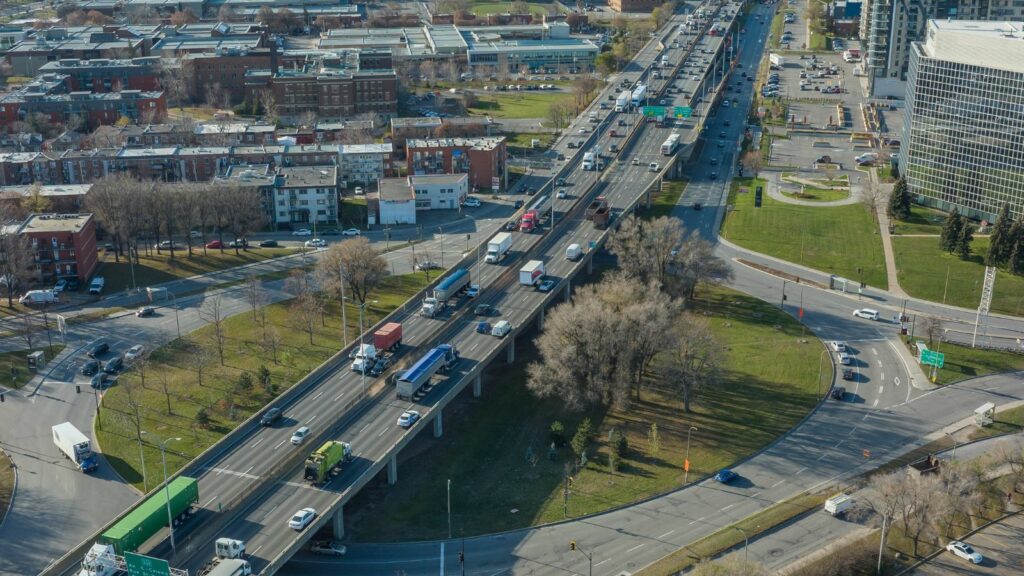Highways are designed to move people quickly and safely across vast distances, but not all roads are created equal. Some routes in North America have earned reputations for being far more dangerous than others, thanks to a mix of heavy traffic, poor weather, tricky design, and driver behavior. From icy Canadian stretches to crowded American interstates, these highways are ranked among the most dangerous for motorists.
Highway 401, Ontario
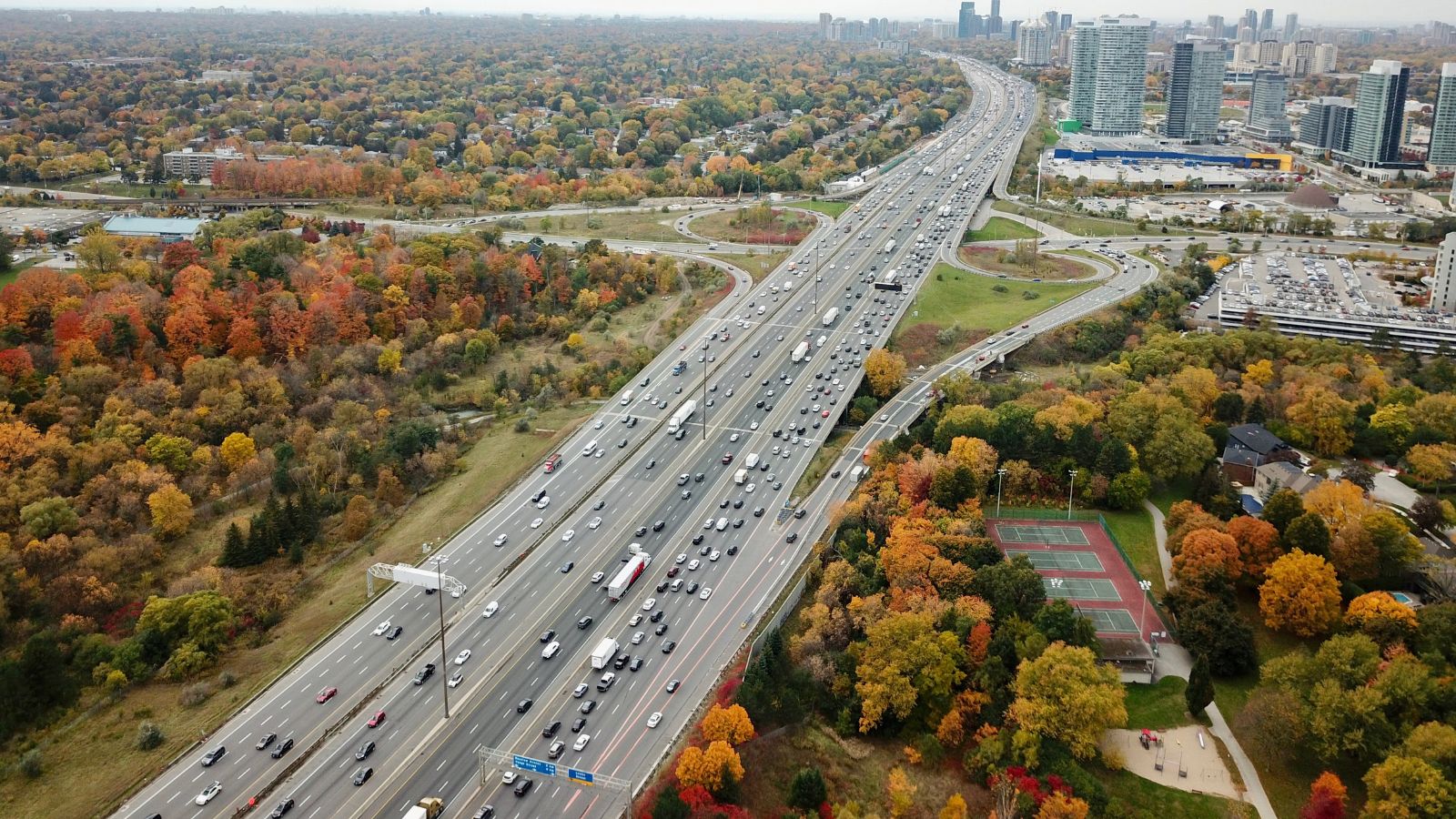
Stretching from Windsor through Toronto to the Quebec border, Highway 401 is the busiest highway in North America, carrying more than 400,000 vehicles daily in some sections. Its mix of volume, aggressive driving, and frequent pileups has earned it the grim nickname “Carnage Alley.” Police report hundreds of collisions every year, especially in the Toronto corridor.
Interstate 95, East Coast USA
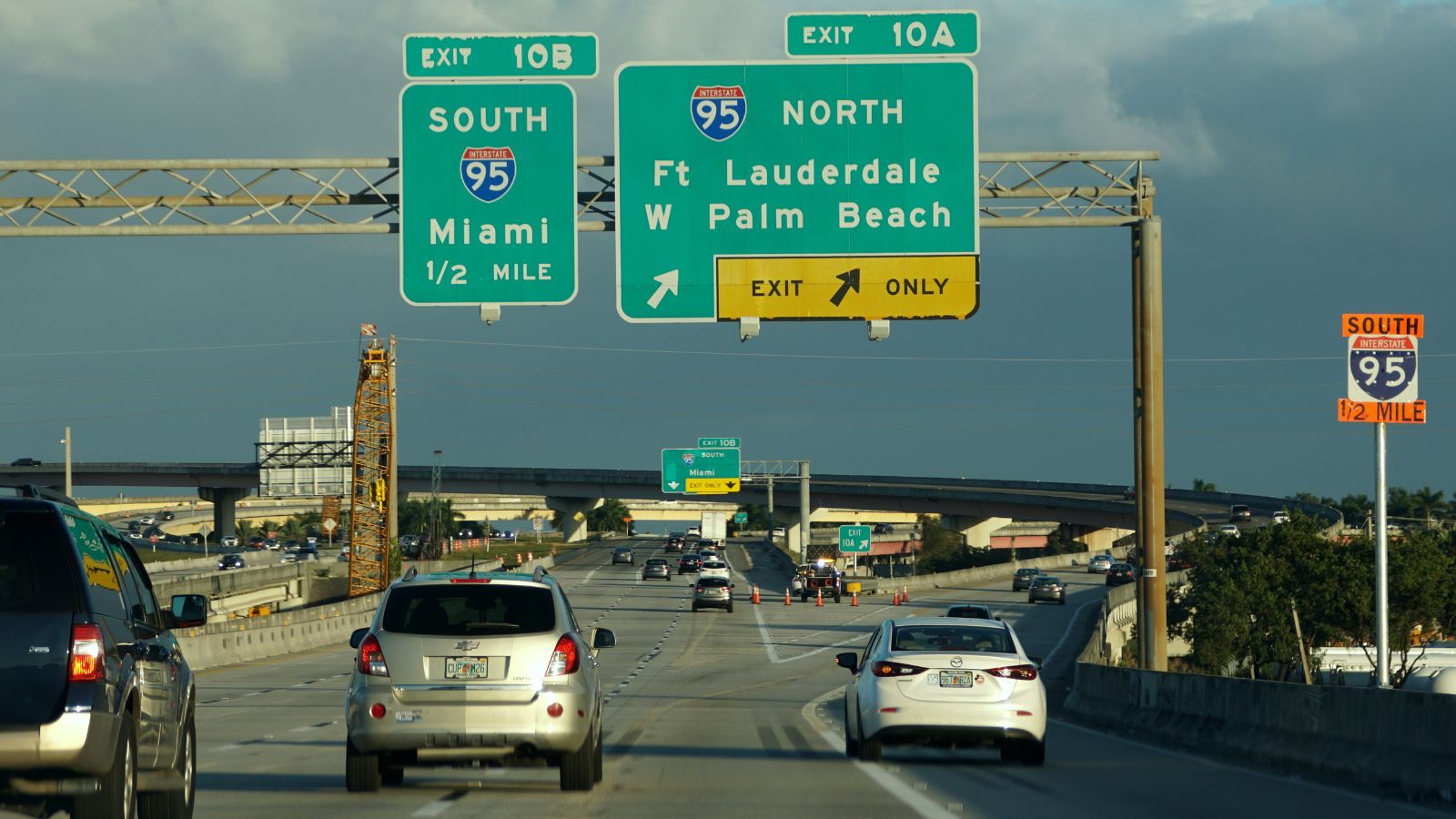
Running from Miami, Florida to Houlton, Maine, I-95 is America’s busiest interstate. It passes through major urban centers like Washington, Philadelphia, and New York City. Congestion, speeding, and distracted driving contribute to thousands of accidents annually. Fatality statistics consistently rank I-95 among the deadliest roads in the United States.
Coquihalla Highway, British Columbia
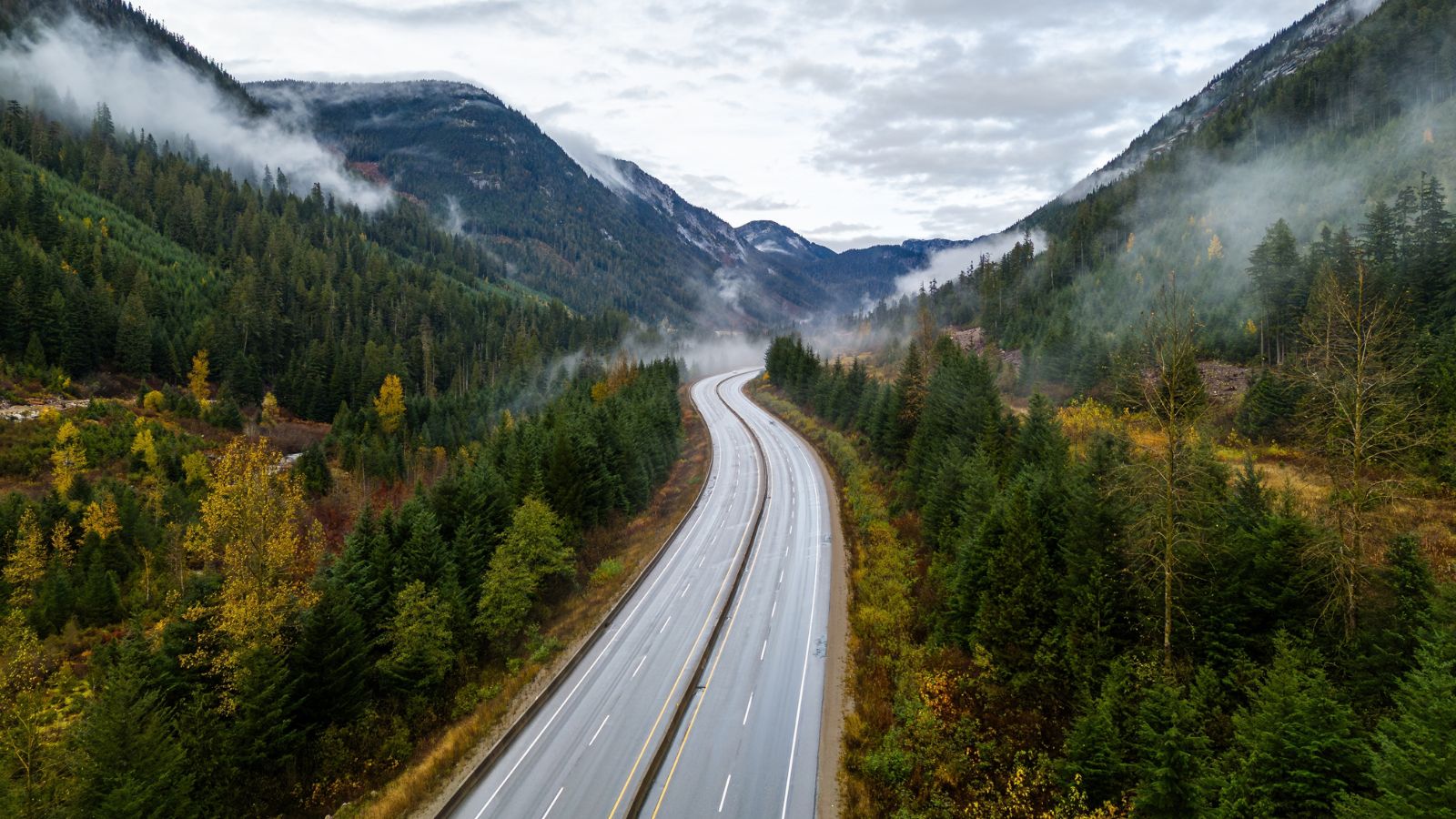
The Coquihalla (Highway 5) is a mountainous stretch linking Vancouver to the BC interior. Known for steep grades, unpredictable snowstorms, and limited visibility, it has been the site of countless crashes. Truck traffic and winter conditions make it especially hazardous, with dozens of serious accidents reported each year.
Interstate 4, Florida
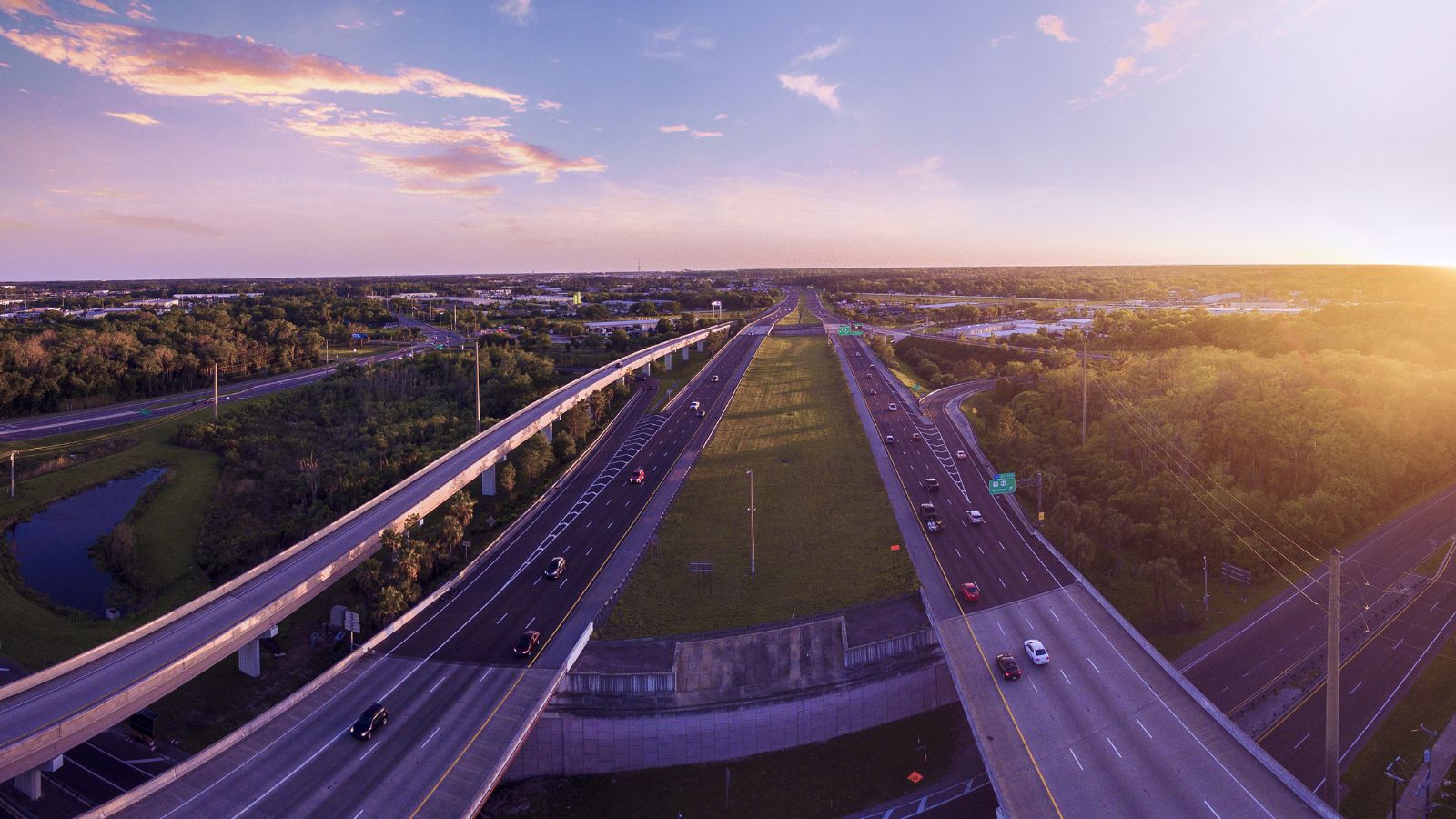
Connecting Tampa to Daytona Beach, I-4 regularly tops lists of America’s most dangerous highways. Heavy tourist traffic, frequent rain, and high speeds combine for deadly conditions. The 132-mile stretch has reported one of the highest fatal crash rates per mile in the country.
Highway 2, Alberta
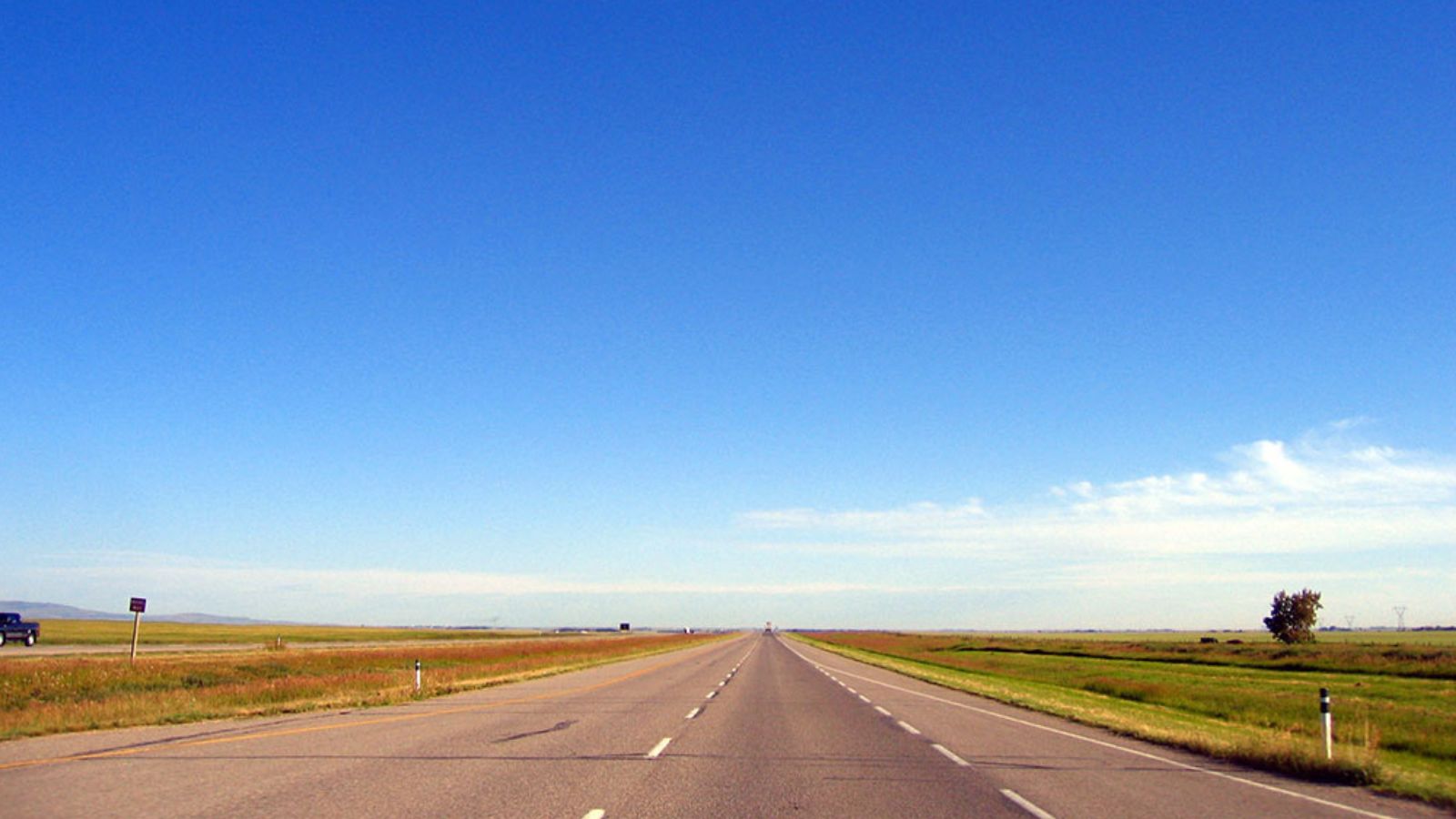
Running from Edmonton to Calgary, Highway 2 is one of Canada’s busiest routes. Long, straight stretches encourage speeding, and collisions with wildlife are common in rural areas. It is frequently cited as Alberta’s most dangerous road, with hundreds of serious accidents every year.
Interstate 10, Southern USA
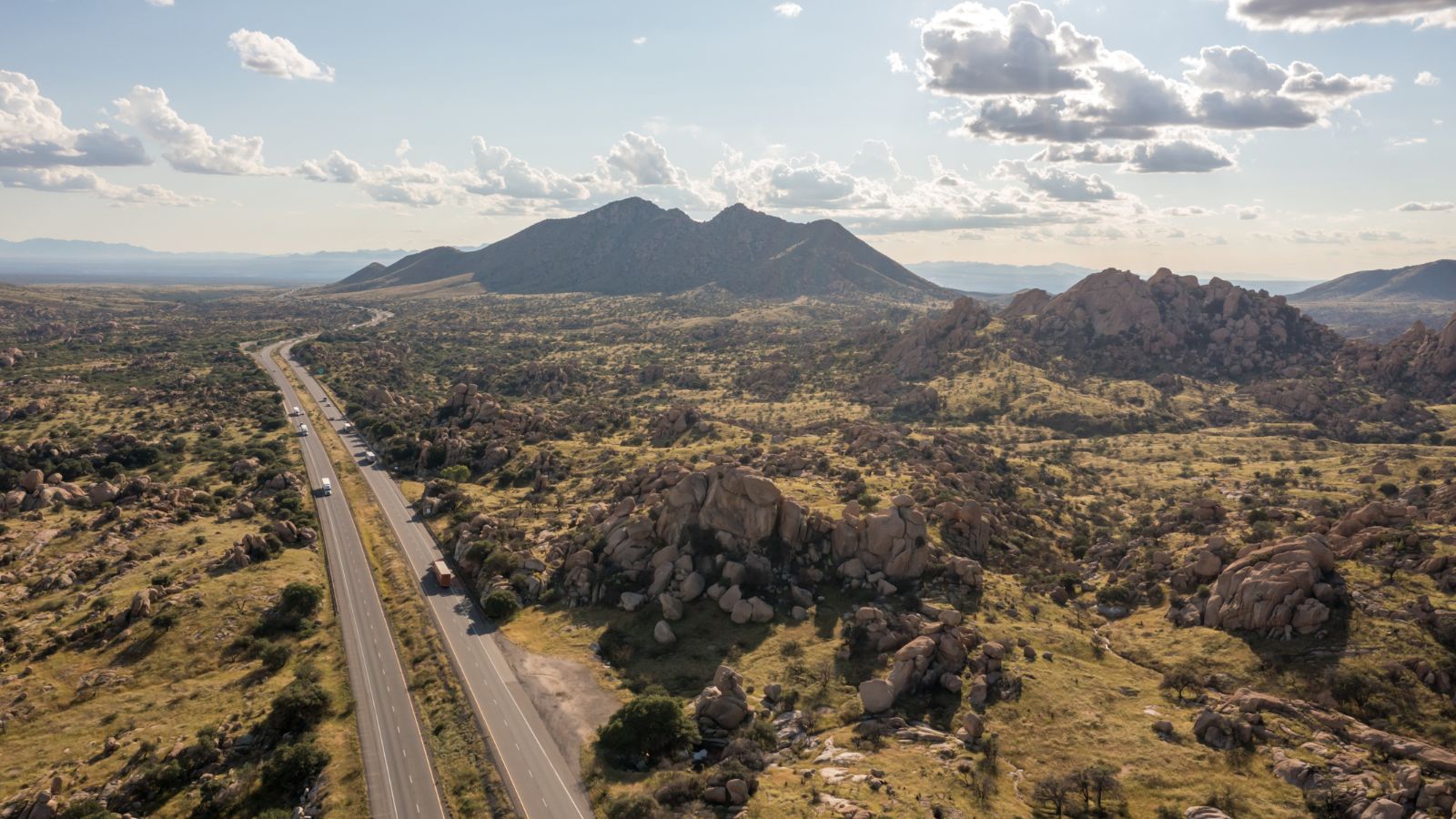
I-10 runs from California to Florida and covers more than 2,400 miles. Certain stretches in Texas, Louisiana, and Arizona are notorious for crashes caused by heavy truck traffic and high speeds. In desert areas, long monotony leads to driver fatigue, another common factor in deadly wrecks.
Highway 63, Alberta
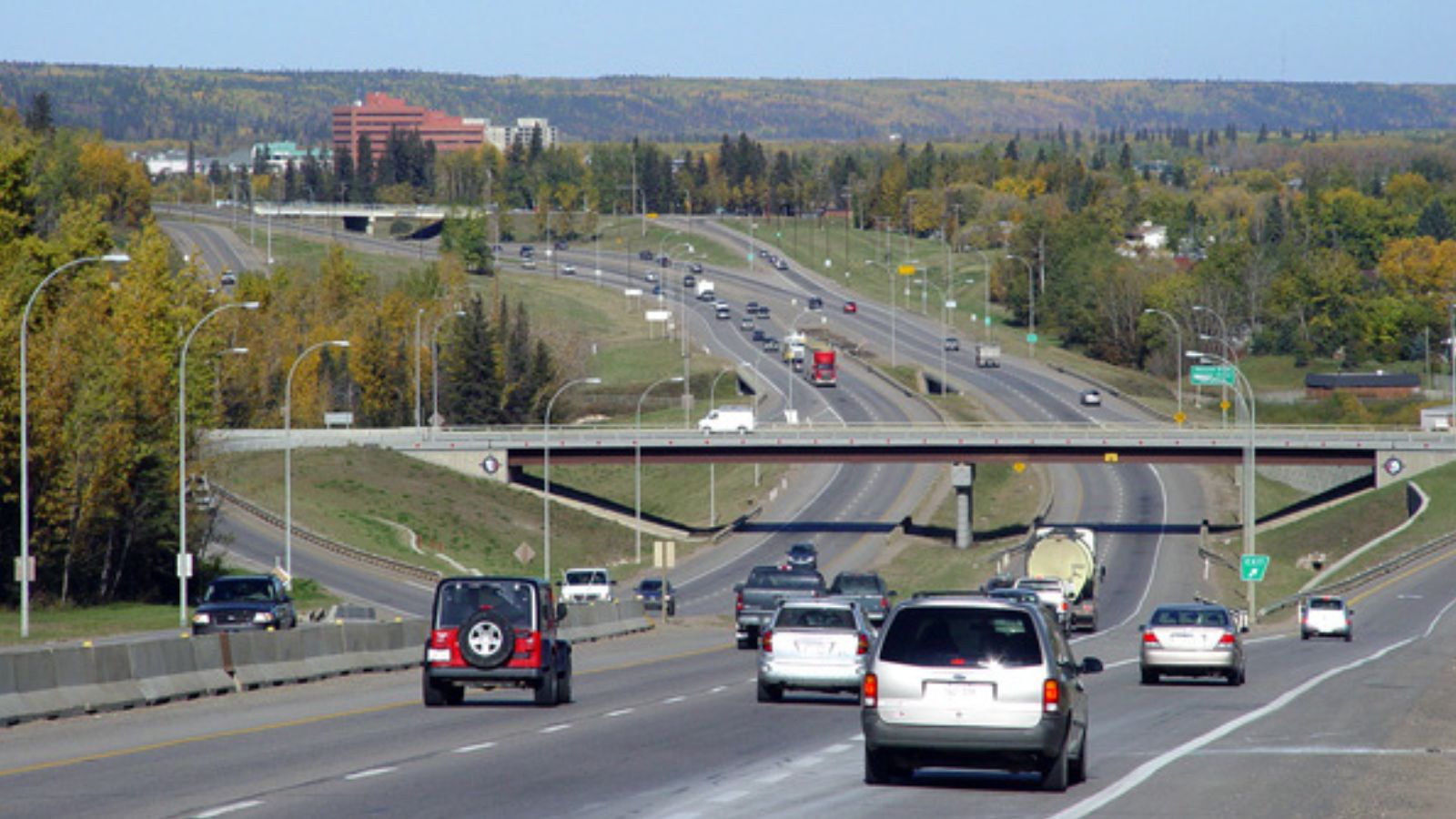
Nicknamed “Highway of Death,” this road runs north to Fort McMurray through Alberta’s oil sands region. Long stretches of two-lane road mixed with heavy truck traffic and impatient drivers caused hundreds of fatalities before improvements and twinning projects began. Even today, it carries a dangerous reputation.
Interstate 35, Central USA
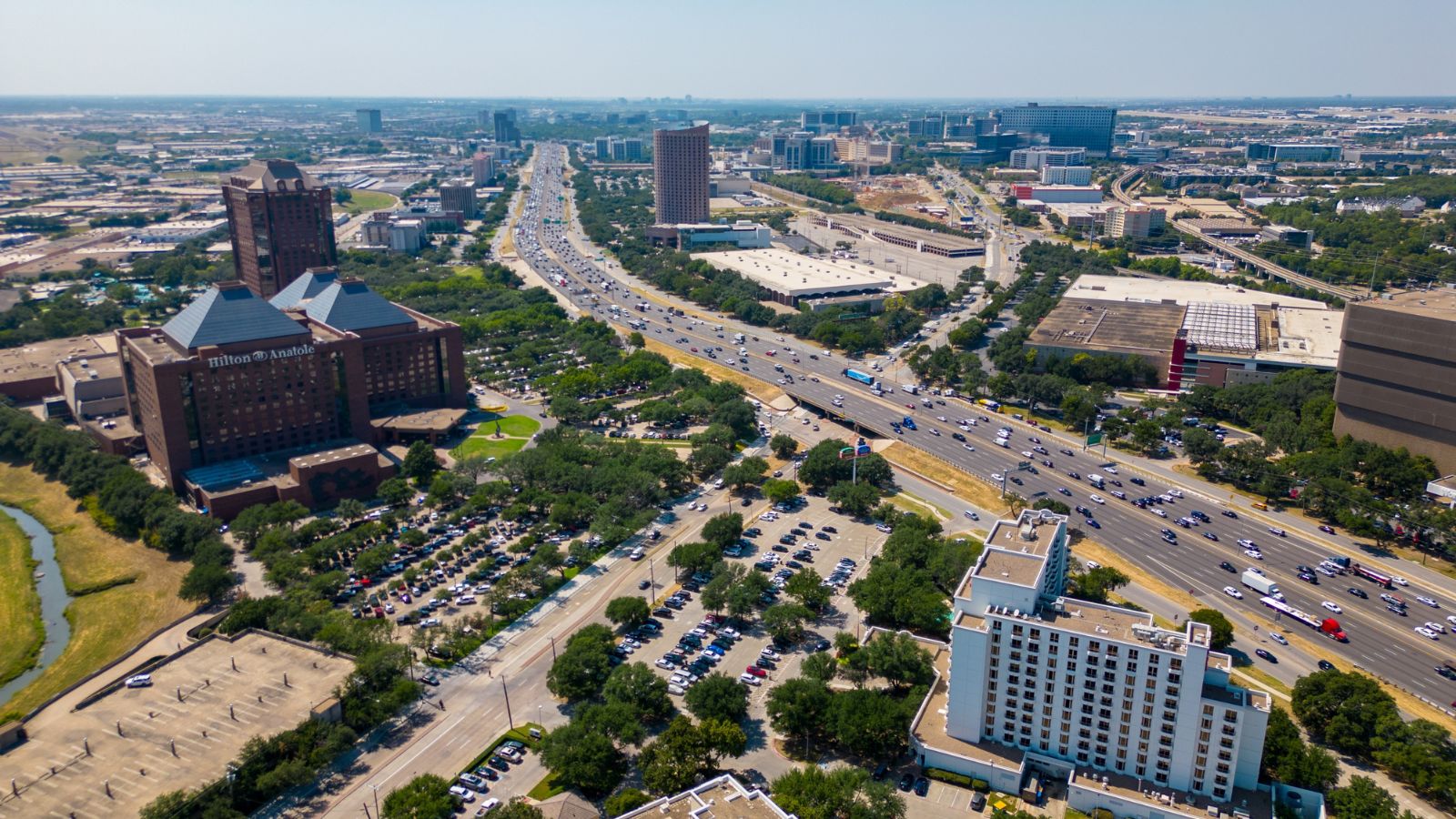
Running from Texas through Minnesota, I-35 has sections notorious for crashes, particularly around Dallas, Austin, and Oklahoma City. Congestion, aggressive driving, and frequent construction zones all contribute to its danger.
Highway 17, Ontario

Highway 17, part of the Trans-Canada Highway, cuts across northern Ontario. Its two-lane sections, long distances between services, and icy winter conditions create a hazardous combination. Moose collisions are a serious concern, often resulting in fatal accidents due to the animal’s size.
Dalton Highway, Alaska
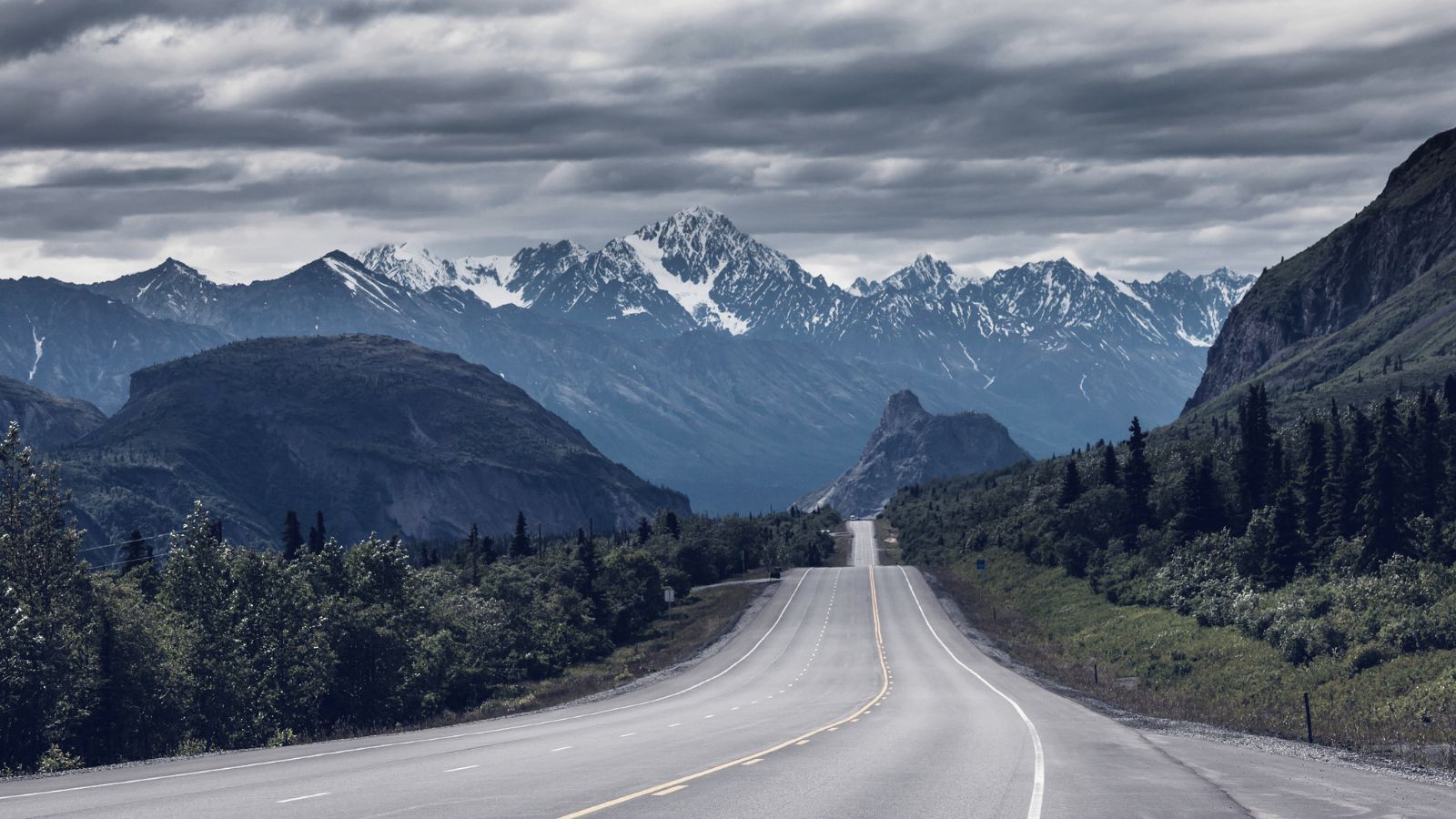
Stretching 414 miles from Fairbanks to the Arctic Ocean, the Dalton Highway is remote, icy, and largely gravel. With limited fuel stops and no cell service, breakdowns can be deadly. Truck traffic supplying the oil fields adds to the hazards, making it one of the most treacherous roads in North America.
Route 1, Florida Keys
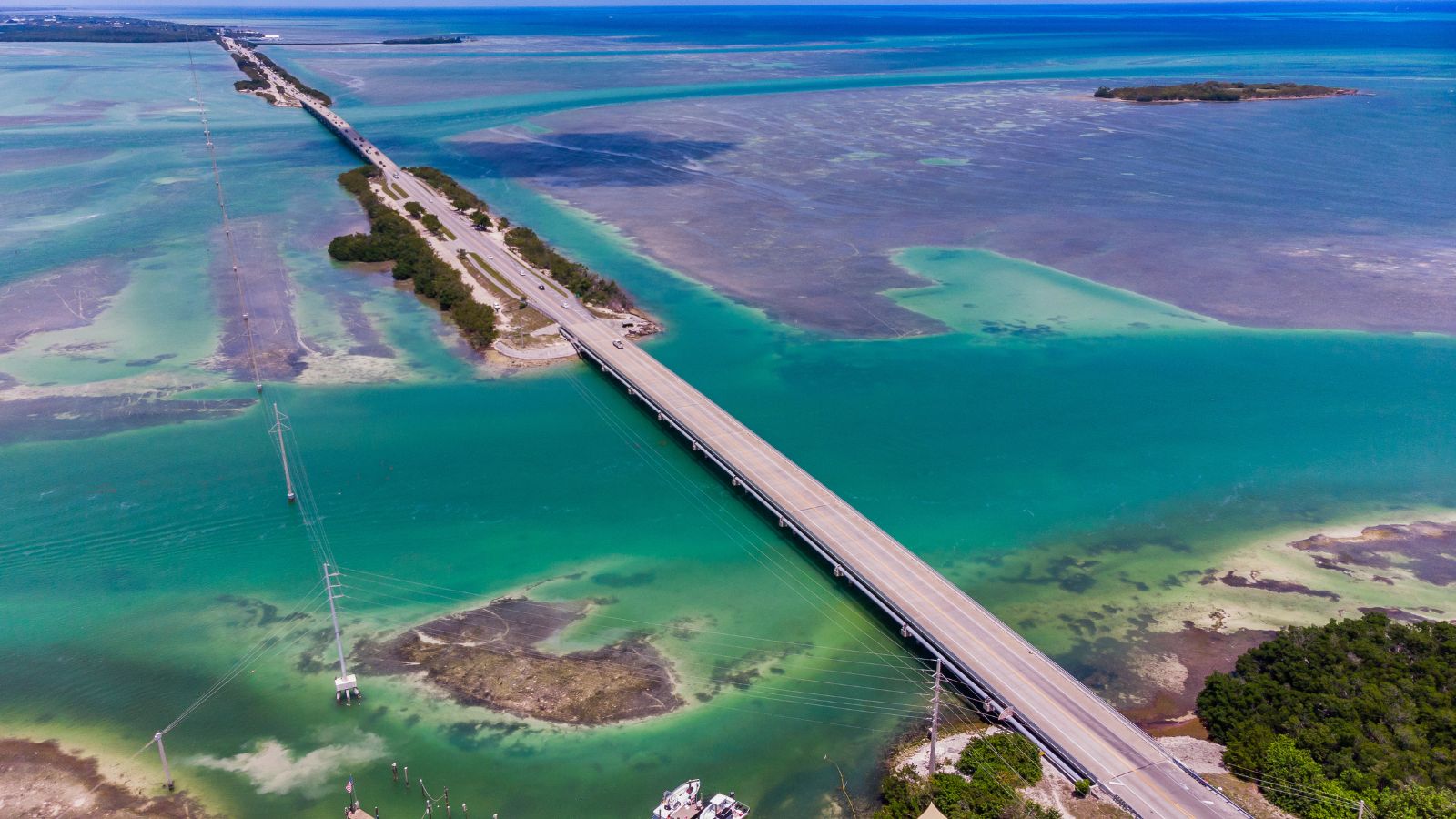
This scenic highway connects Miami to Key West, but its narrow design, heavy tourist traffic, and limited passing lanes make it dangerous. Accidents are common, and emergency response can be delayed due to its isolated stretches over bridges and islands.
Highway 40, Quebec
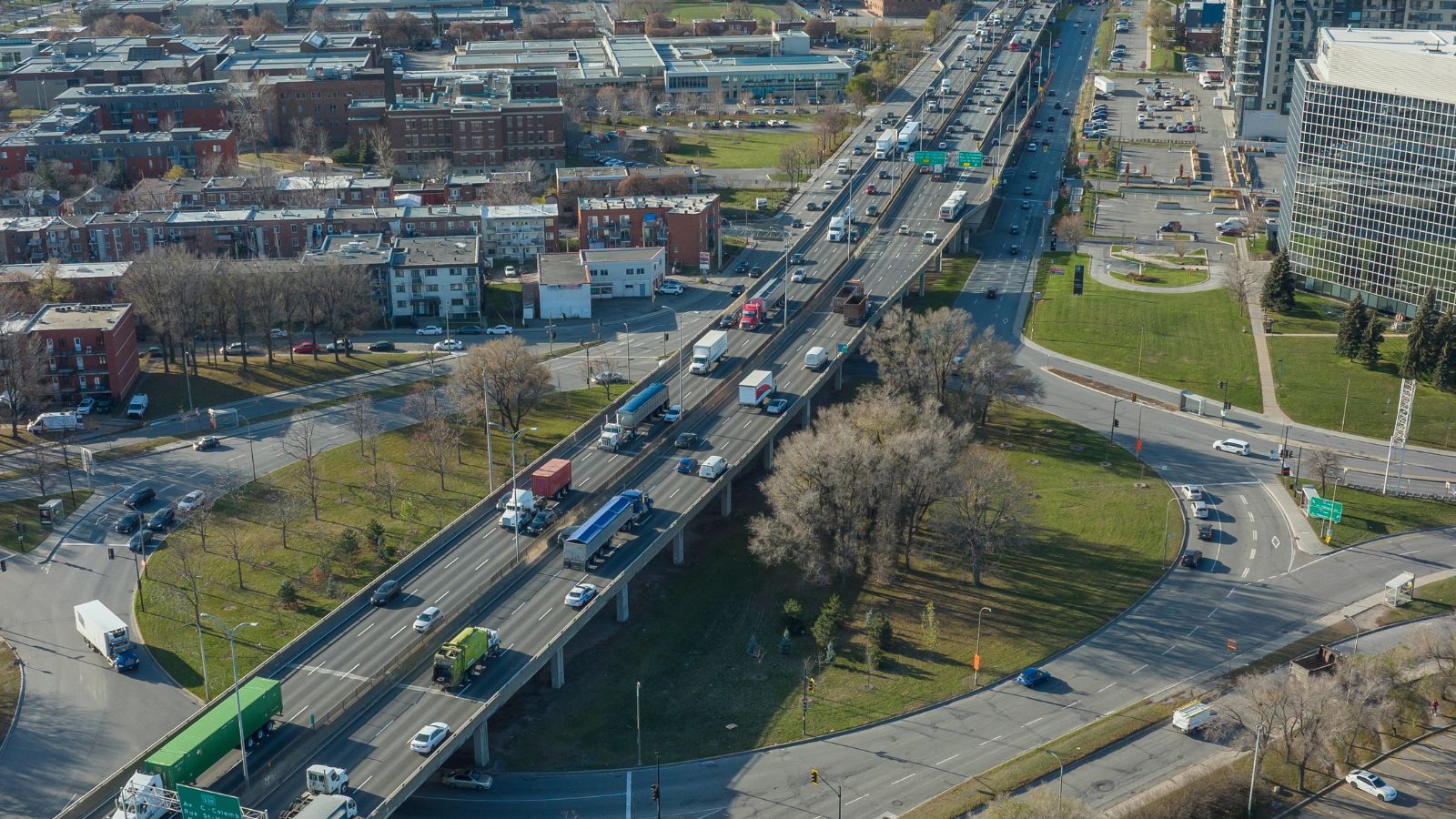
Running through rural Quebec, Highway 40 has sections that are heavily prone to winter ice and snow. The mix of commuters, freight traffic, and severe storms leads to frequent multi-car pileups. Some stretches have been compared to Ontario’s 401 in terms of crash frequency.
Interstate 80, Midwest USA
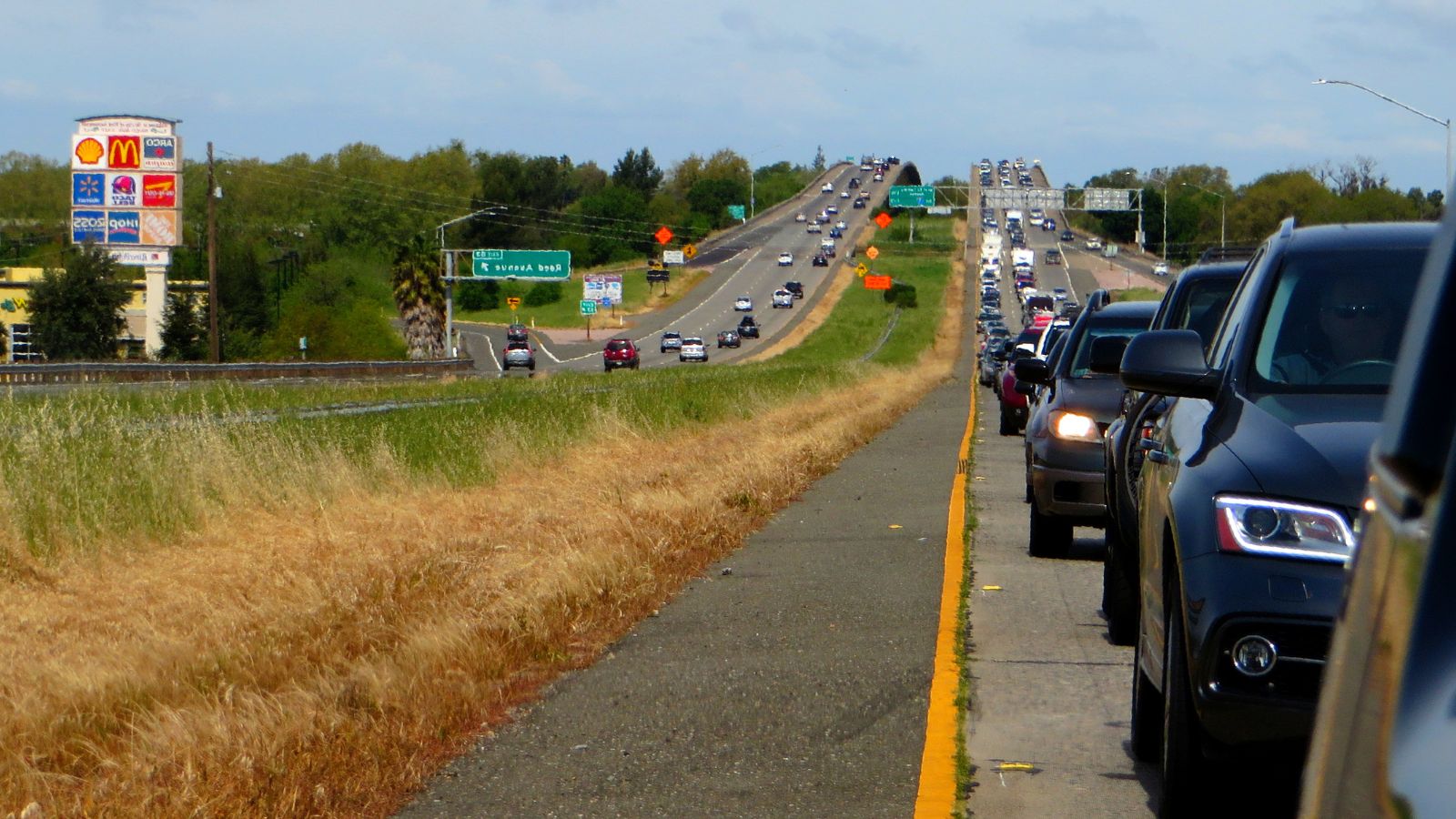
Crossing from New Jersey to California, I-80 is one of America’s longest interstates. Its worst sections include those in Nebraska and Wyoming, where high winds, blizzards, and black ice cause major pileups. Truck traffic makes it even more dangerous in winter months.
Sea to Sky Highway, British Columbia

Highway 99 north of Vancouver offers stunning views but has long been known for sharp curves, steep grades, and sudden weather changes. Improvements before the 2010 Winter Olympics made it safer, but accidents still happen regularly. Its mix of tourists, locals, and speeding drivers keeps it on Canada’s list of risky highways.
25 Facts About Car Loans That Most Drivers Don’t Realize

Car loans are one of the most common ways people fund car purchases. Like any other kind of loan, car loans can have certain features that can be regarded as an advantage or a disadvantage to the borrower. Understanding all essential facts about car loans and how they work to ensure that you get the best deal for your financial situation is essential. Here are 25 shocking facts about car loans that most drivers don’t realize:
25 Facts About Car Loans That Most Drivers Don’t Realize
